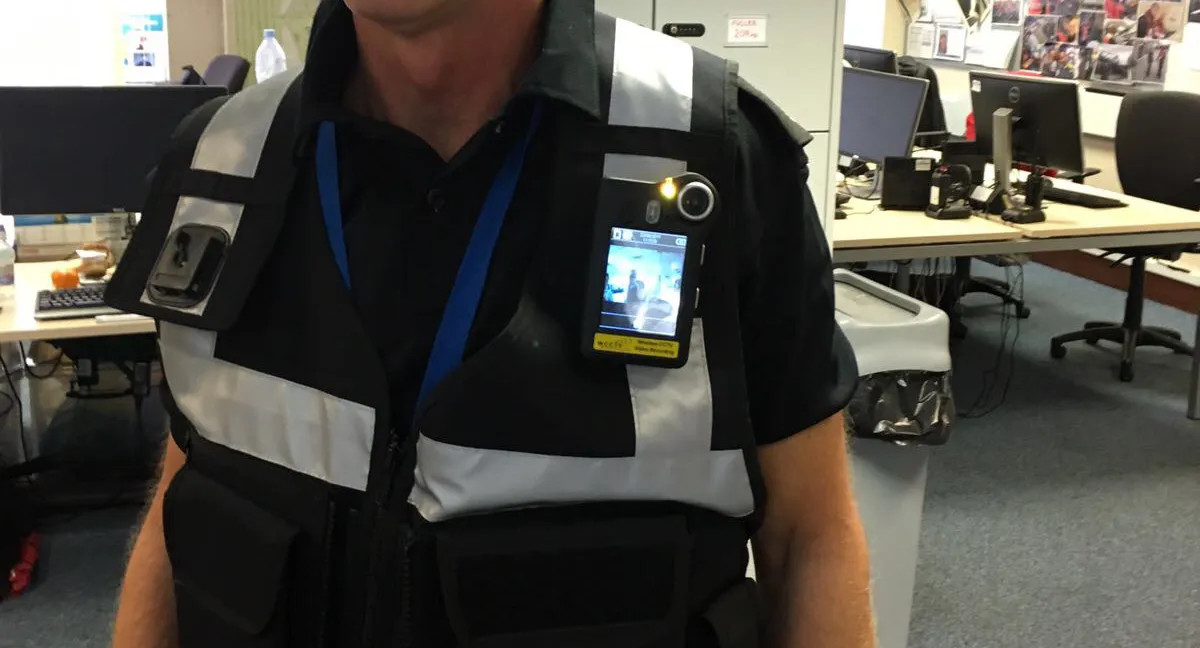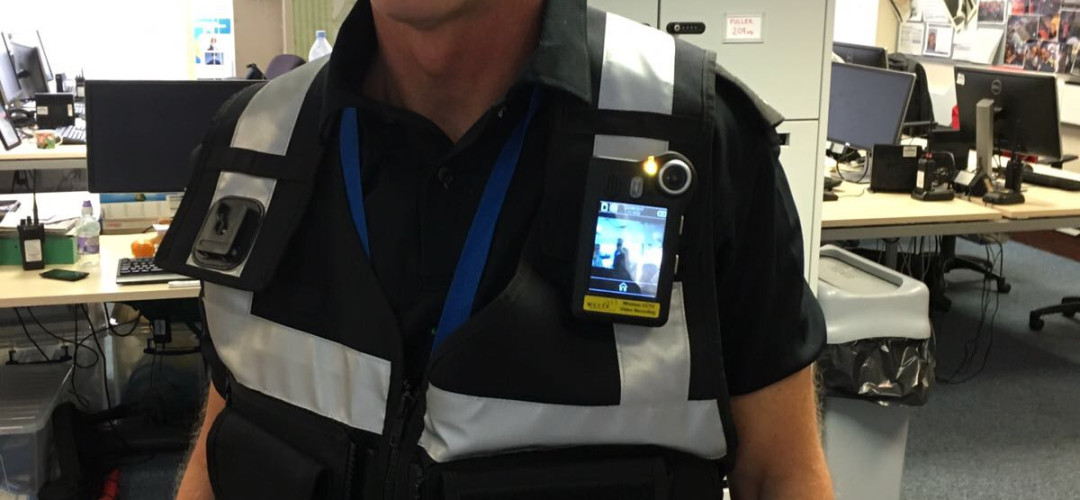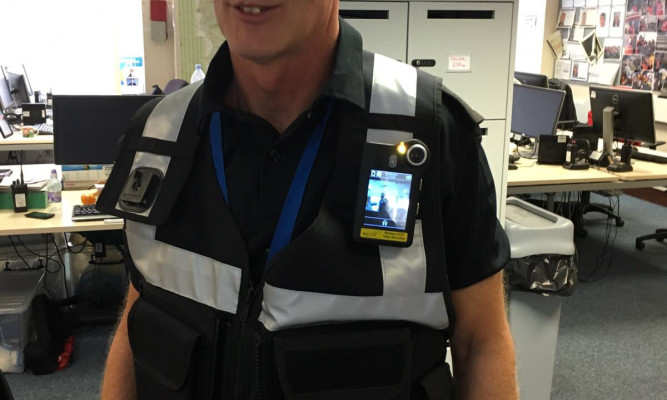The BSI has issued a new standard, BS 8593:2017: Code of Practice for the Deployment and Use of Body Worn Video (BWV). The guidance aims to strike a balance between safety, security, and privacy in deploying body-worn cameras.
Body worn cameras incorporate a camera, microphone and other technology to enable audio and video recording and the subsequent sharing and storage of the recordings.
Many organisations worldwide are benefiting from the positive advantages of body worn camera technology; however, without adequate knowledge, training and technical capability of the equipment, there can be challenges relating to privacy, data security and video integrity.

The standard has been designed for organisations such as:
-
Security companies
-
Building management companies
-
Entertainment venues
-
Local authorities
Activities where Body Worn Cameras may be deployed include:
-
Emergency service response
-
Night-time economy operations (e.g. licensed premises)
-
Taxi marshalling
-
Warden schemes
-
Security guards
-
Lone working
-
Parking enforcement
-
Door supervision
The Code of Practice explores device recommendations such as functionality, weight, image quality, encryption and data management.
It also covers body worn video data management aspects, including data integrity, audit trails, storage and sharing.
It also addresses ongoing training requirements of the end-users of body worn cameras.
To learn more or purchase a copy of the code of Practice, visit the BSI website.
WCCTV is a market-leading and UK-based manufacturer of body worn cameras; it is proud to support the Code of Practice and the responsible and efficient deployment of body worn cameras.
To find out more about our WCCTV Body Worn Cameras, please visit the links below:
WCCTV Body Worn Camera - Record
WCCTV Body Worn Camera - Protect
WCCTV Evidence Management Software


